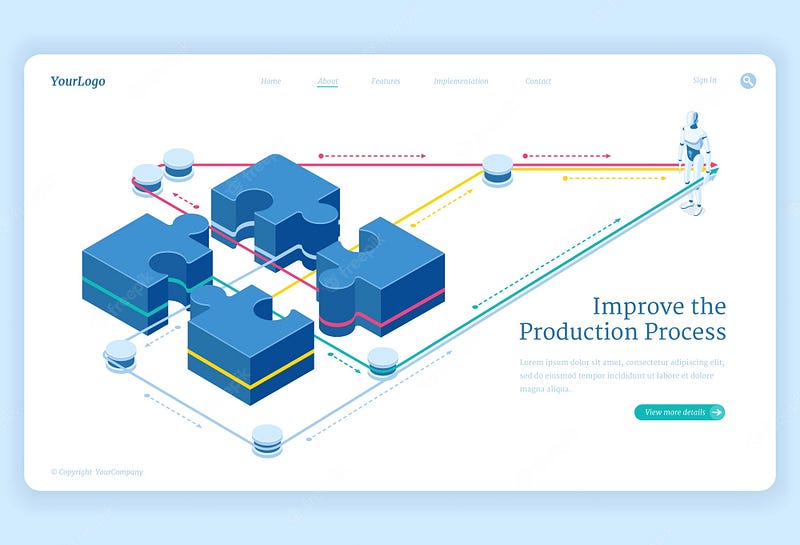Harnessing Data Collection to Elevate Your Business Growth
Written on
Chapter 1: Understanding the Digital Landscape
In the current business environment, merely offering products and services is no longer sufficient. To thrive in a digitally-oriented market, it's essential to adopt a digital-first approach from the outset. This involves implementing a well-defined digital strategy to pinpoint your business's weaknesses and devise effective solutions.
Additionally, gaining insights into your target audience—understanding their behaviors, needs, and preferences—is crucial. Today's tech-savvy consumers seek not only products but also exceptional experiences tailored to their demands. To expand your business's reach and success, leveraging data-driven insights is key.
Section 1.1: The Essence of Data Collection
Data collection is the systematic gathering of metrics and information from diverse sources to enhance understanding of current and prospective customers. This process can be executed either manually or through automation.
For instance, in the realm of e-commerce, tracking data can involve simply monitoring user behavior on a website, including their purchasing history and items of interest. By consolidating this information, businesses can create detailed customer profiles.
Subsection 1.1.1: The Importance of Customer Insights

To foster growth, businesses must comprehend their customers’ challenges and tailor their offerings accordingly. This is precisely the role of data collection—it reveals customer needs, obstacles, and the confusion they may encounter. By identifying these issues, businesses can devise targeted solutions.
Section 1.2: Identifying Customer Motivations
Data collection also uncovers what drives consumer purchases—whether they seek specific products or are influenced by pricing. By analyzing browsing and purchase history, companies can craft personalized marketing strategies that effectively attract and convert customers.
Customers hold specific expectations regarding the products and services they choose. Businesses can strive to meet these expectations by developing solutions that address their pain points or by creating exceptional experiences that exceed those expectations.
Chapter 2: Implementing Effective Data Collection Strategies
To harness the power of data collection, organizations must establish a robust system for gathering insights. This foundational step is critical for maximizing the benefits of data-driven decision-making.
Setting up a data collection framework can involve creating a spreadsheet to track customer information, utilizing a database for storage, or employing a customer management system.
The first video, "Leverage Data Analytics For Better Business Insights...To Supersize Your Business!" discusses how businesses can utilize data analytics for enhanced decision-making.
Section 2.1: Creating a Research Database
As part of your data collection strategy, developing a research database is essential. This database should include customer information such as names, email addresses, contact details, and feedback. This data will prove invaluable for analysis and segmentation.
For those without an existing customer database, customer relationship management (CRM) software can help aggregate data from sales and support channels.
Section 2.2: Building Behavioral Analytics
To expand your business, a deeper understanding of customer behavior is necessary. Building a behavioral analytics database will allow you to identify trends over time, revealing customer actions that correlate with higher conversion rates and customer loyalty.
The second video, "Listen Up! Leverage Marketing Data to Guide Your Narrative," explores how marketing data can inform and shape your business narrative.
Chapter 3: The Significance of Data Collection
Data collection is the organized acquisition of information from various electronic sources, typically for later analysis. This process can be manual or automated, involving tools designed for data gathering.
Understanding your customers through data collection enables you to identify their challenges and preferences, informing your marketing and product strategies.
Key Takeaways
- Data collection is vital for gaining insights into customer preferences and challenges.
- Implementing effective data gathering strategies can significantly enhance your business growth and customer engagement.
- The insights derived from data collection can guide your marketing efforts and improve customer satisfaction.